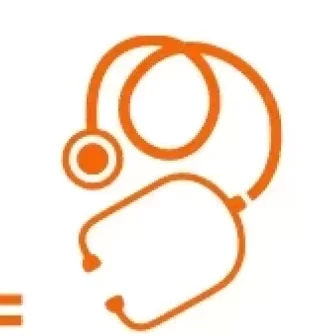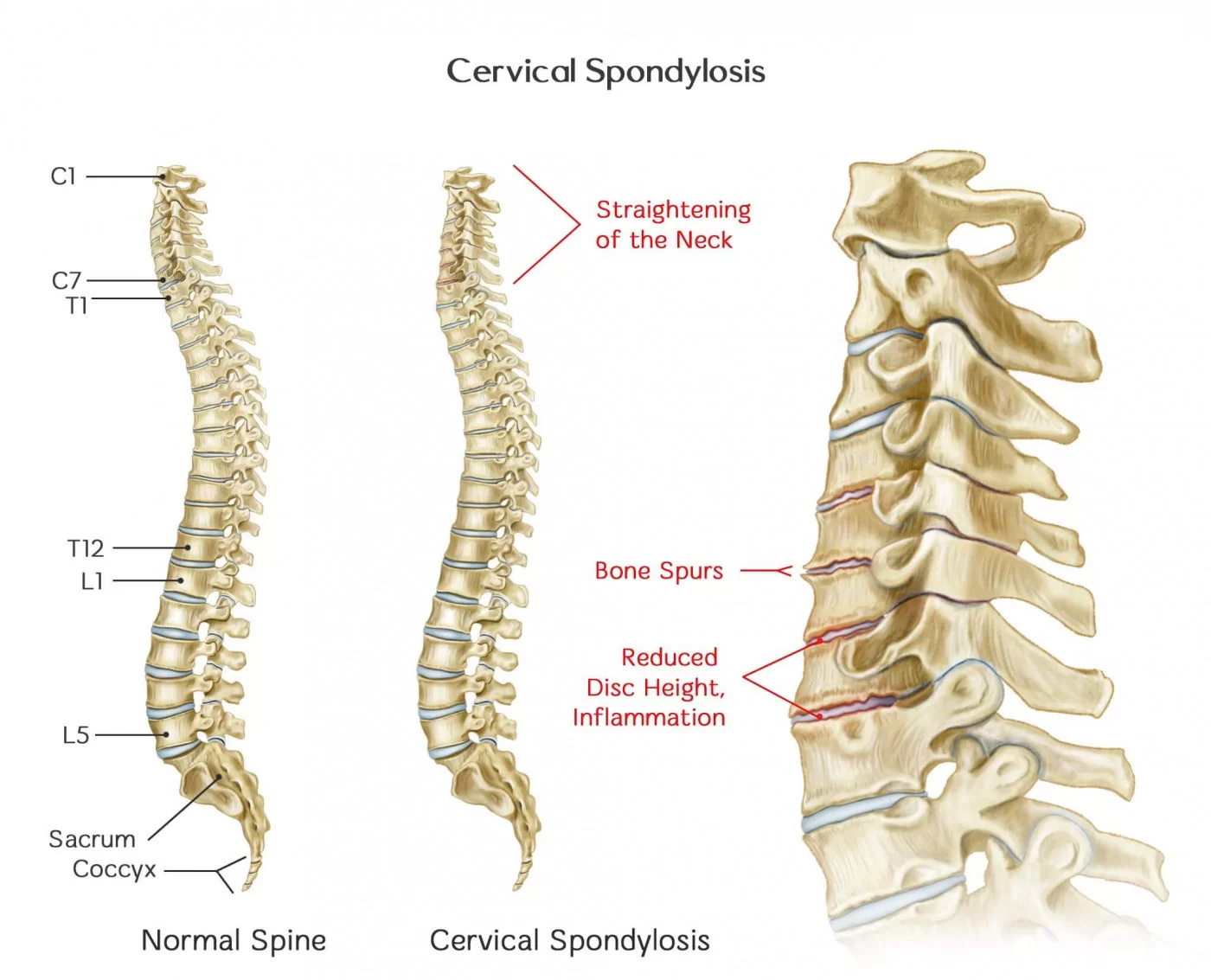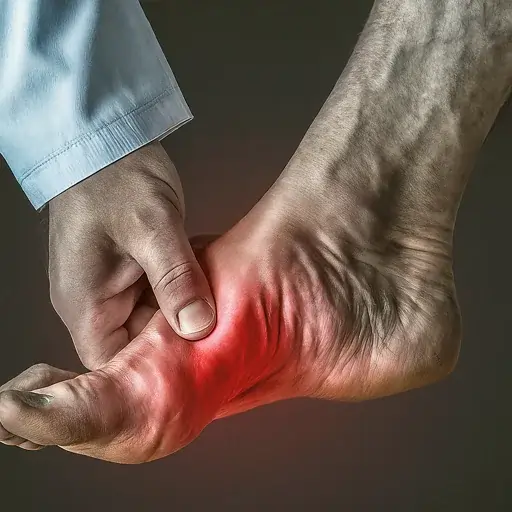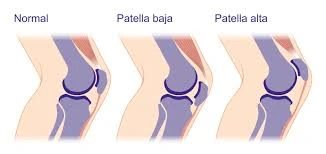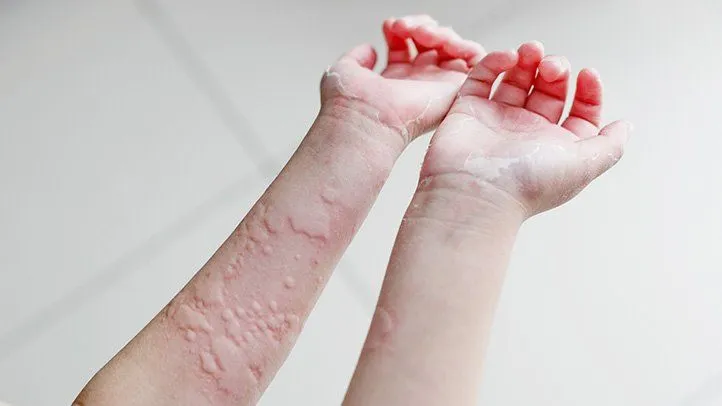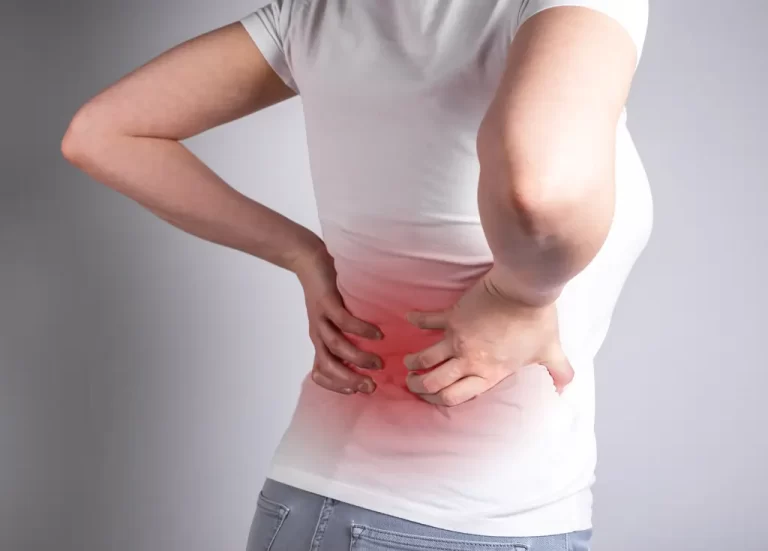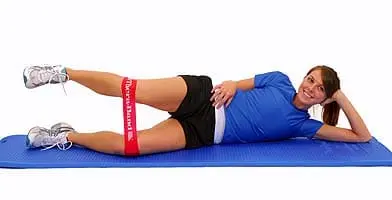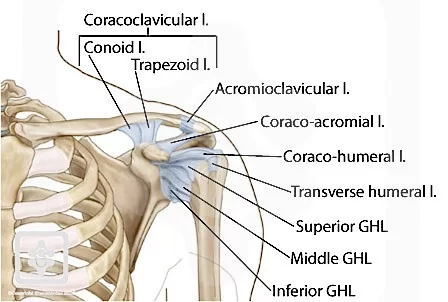What is Multilevel Cervical Spondylosis?
Multilevel Cervical Spondylosis is a degenerative condition that affects multiple levels of the cervical spine (neck region). It involves the wear and tear of intervertebral discs and joints, leading to neck pain, stiffness, and sometimes nerve compression symptoms like radiating arm pain, numbness, or weakness. It is commonly seen in older adults and may progress gradually over time.
Introduction
Spondylosis is a general term for pain from degenerative spinal diseases; it is frequently caused by arthritis and is not a clinical diagnosis. Multilevel spondylosis can cause degeneration of several levels or parts of the spine, such as the cervical, thoracic, and/or lumbar regions.
From conservative measures like physical therapy, painkillers (NSAIDs, muscle relaxants, etc.), and lifestyle changes to more intrusive procedures like surgery in extreme situations, there are many different treatment options available.
Surgical intervention may be suggested if conservative methods are unsuccessful in alleviating a patient’s spondylosis-related pain. Although the exact operation required will depend on the irregularities in the spine, it usually entails treating the part of the spine that is pushing on a nerve.
Levels of the Spinal Cord
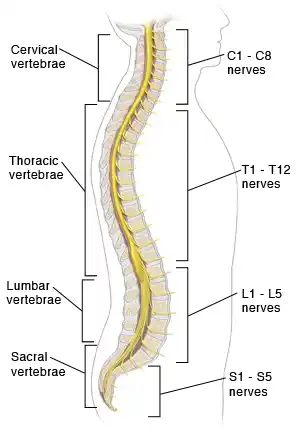
- To give the spine structure (adjacent vertebrae attach to the disc in between), increase its flexibility, provide cushioning between adjacent vertebrae, and act as shock absorbers, intervertebral discs—which separate the vertebrae—are crucial spinal structures.
- As the cervical spine’s vertebrae must bear the weight of the head and neck, the neck and lower back are the areas most frequently affected by cervical and lumbar spondylosis.
- It becomes more difficult to preserve the spine’s natural curvatures and alignment when an intervertebral disc begins to degenerate and becomes dry, bulging, or ruptured.
Natural curvatures in the spine make it more robust, flexible, and capable of absorbing and distributing mechanical stress; many forms of spinal degeneration impair the spine’s capacity to preserve its alignment and natural curvatures.
The integrity of other levels of the spine might be impacted by spinal degeneration in one of these spinal portions, since each one depends on the others for good health and function.
Now that we have a basic understanding of the various levels of the spine—cervical, thoracic, and lumbar—let’s talk about the word “lumbar spondylosis.” Leg pain may result from nerve compression. Understanding the complete effect of spinal health on leg pain requires an understanding of how disorders such as lumbar radiculopathy can result in pain that travels down the leg.
Definition
In multilevel degenerative spondylosis, degenerative changes occur in many vertebrae or spinal levels. This kind of spondylosis may be more severe than others because of the extent of the spinal degeneration and the headache, neck, and/or radicular pain that results.
When the cervical spine’s joints and discs deteriorate over time, a kind of spinal osteoarthritis develops. People who suffer cervical spondylosis usually experience stiff necks, reduced mobility, and neck pain. The illness can also result in weakness, tingling, and numbness in the hands and arms, which makes daily tasks difficult.
Spondylosis is a tough disability to prove to the Social Security Administration (SSA) to get benefits, but it may be deemed a disability if the symptoms are severe enough to keep you from working. A restricted range of motion will develop in spondylosis patients. Pain in the hand, arm, and shoulder is caused by a spinal nerve being pinched by protruding or herniated discs. Buttocks pain that resembles sciatica-like nerve pain may be present if the lower back is impacted.
Types of Cervical Spondylosis
There are several ways that cervical spondylosis can have consequences. These are the four primary categories:
Cervical Spondylosis with Radiculopathy
This kind, which is usually caused by osteophytes or herniated discs, involves the compression or irritation of cervical nerve roots. Neck pain, arm pain that radiates, tingling, and weakening along the damaged nerve’s course are typical symptoms.
Cervical Spondylosis with Myelopathy
Patients with cervical spondylosis with myelopathy may have balance issues, fine motor skill loss, bladder or bowel dysfunction, and abnormalities in their gait.
Cervical Spondylosis without Myelopathy
Without spinal cord compression, individuals may still have stiffness, radiculopathy, and neck pain, but they won’t have the more severe neurological impairments associated with myelopathy.
Multilevel Cervical Spondylosis
The multilevel cervical spondylosis described here is referred to. Multiple cervical spine (neck) levels are affected by age-related deterioration in this disorder. Depending on the location and extent of the alterations, this degeneration may cause a variety of symptoms.
What is Multilevel Cervical Spondylosis?
As previously stated, several spinal disorders and problems, including degenerative changes in the spine itself, can cause pain, which is collectively referred to as spondylosis.
Cervical osteophytic stress, endplate spurring, and bone spurs are some of these anomalies. Due to the effects of mild lumbar and anterior spondylosis on the spinal cord and spinal canal, spine surgery may be necessary. To relieve pain and restore function, spinal surgery may be required when mild spondylosis affects parts of the body, such as the thoracic spine, and results in spinal stenosis.
When referring to arthritis of the spine that involves inflammation caused by age-related degradation of the cartilage that links and cushions the vertebrae, many medical professionals use the word “spondylosis.”
Multilevel spondylosis occurs when the damaged vertebrae are spread across several portions of the spine, or it might impact a single segment if the degenerating vertebral bodies are restricted to a single level.
Additionally, cases where more than one vertebrae in a single segment are impacted can also be referred to as multilevel spondylosis.
Degenerative changes typically occur first in the vertebrae of the spine that bear the greatest weight, either as a result of degenerative spinal disorders, the cumulative influence of specific lifestyle choices, or natural age-related degradation.
Degenerative alterations in many spinal levels are a feature of multilevel spondylosis, which can affect either the cervical or lumbar spine. Levoconvex scoliosis may potentially coexist with this disease, which can involve disorders like C5-C6 disc bulging. These conditions can result in complex spinal issues that need to be carefully evaluated and managed. While the lower back’s vertebrae must hold the weight of the vertebrae of the spine and trunk.
There are no offers for treatment, but by combining condition-specific chiropractic care with in-office therapy, I can assist in restoring as much of the spine’s healthy curvature, alignment, and function as possible, including specially designed at-home exercises and bracing when needed.
Causes and Risk Factors
- Genetics: Some people may have a genetic predisposition to cervical spondylosis.
- Lifestyle: Cervical spondylosis can develop as a result of jobs or hobbies that require extended durations of looking up or down, such as construction work or heavy computer use.
- Obesity: Being overweight can put more strain on the spine and neck, hastening the deterioration process.
A common aspect of aging is multilevel cervical spondylosis, which can be made worse by things like bad posture, repetitive neck movements, and prior injuries.
Symptoms
Typical signs and symptoms include:
- Stiffness or Neck pain
- Restricted neck mobility
- Hand and arm numbness, tingling, or weakness
- Headache
- Lightheadedness or unsteadiness
- Numbness or pain in the legs
- A person’s quality of life may be greatly impacted by these symptoms, so if they continue, it is imperative that they get medical help.
Diagnosis and Testing
Imaging studies, a review of medical history, and a physical examination are usually used to diagnose cervical spondylosis. These tests aid in determining whether nerve roots are involved and in determining the degree of degenerative alterations. Imaging tests that are frequently performed include:
- MRI: The cervical spine’s discs, joints, and nerve roots can all be seen in great detail on this imaging examination.
- CT scans: These images provide a more detailed view of the cervical spine’s bones and joints, assisting in the detection of any structural irregularities.
Treatment
The demands of each individual are taken into consideration when creating treatment regimens. Both non-surgical and surgical approaches may be included in this. In order for you to make the finest choice, they will assist you in understanding everything.
Non-Surgical Approaches to Reduce Symptoms
- Physical therapy: A personalized workout regimen helps strengthen your core muscles. Additionally, it helps increase your flexibility and support proper posture. Manual therapy techniques to lessen stiffness and pain may be part of this.
- Natural Pain Relievers: Natural pain relievers can be used to reduce inflammation and pain. Moreover, muscle relaxants may lessen spasms.
- Lifestyle modifications: Modifying a few everyday routines can also aid in symptom management. Maintaining proper posture, engaging in regular low-impact exercise, and keeping a healthy weight can all help to relieve pain and lessen pressure on the spine.
To find the best cervical spondylosis treatment plan that fits each patient’s needs and circumstances, it is imperative to speak with a healthcare professional.
Medication
- Over-the-counter analgesics, such as NSAIDs like naproxen or ibuprofen, can help reduce inflammation and pain.
- Stronger painkillers, such as opioids, may be provided for brief periods in extreme circumstances.
- Drugs such as cyclobenzaprine, which relaxes muscles, can help ease neck tension and spasms.
- Nerve pain drugs: If nerve pain is a severe symptom, medications such as gabapentin or pregabalin may be utilized.
Image-Guided Injection Therapies
Patients who experience chronic pain may benefit from image-guided injections:
- Cervical Epidural Steroid Injections: These injections reduce pain and inflammation by delivering anti-inflammatory drugs straight to the epidural area around the spinal cord.
- Cervical Facet Joint Injections: Facet joint arthritis pain can be reduced by cervical facet joint injections, which target the facet joints.
- Selective Nerve Root Blocks: To alleviate radicular pain, these injections target particular nerve roots.
How Can I Avoid Spondylosis on Multiple Levels?
A healthy lifestyle that supports spinal health should be the main goal to prevent spondylosis on several levels. This includes keeping a healthy weight, avoiding smoking, strengthening the back and core muscles, exercising frequently, and maintaining proper posture. Additionally, reducing the risk can be achieved by controlling stress and taking frequent breaks during extended sitting or repetitive jobs. Although multilevel spondylosis cannot always be prevented, some steps can lower the chance of getting it. Our recommendations at the New Jersey Spine Institute are as follows:
- Be mindful of your posture.
- Be active (if at all possible, look into low-impact activities).
- Keep your weight in check and eat a well-balanced diet.
- Use the right tools and techniques when engaging in demanding tasks to prevent neck and back pain and injuries.
Throughout the day, pay attention to your posture, whether you’re standing, sitting, or lifting something heavy.
Strengthen Your Back and Core Muscles: Do workouts that build up the muscles that hold your spine in place. Flexibility and range-of-motion exercises are helpful, as are core-strengthening activities like pelvic tilts and cat-cow stretches.
Help Exercise Frequently: Low-impact activities that strengthen the muscles supporting the spine, such as yoga, swimming, and walking, can help increase general flexibility. Avoid activities that put a lot of strain on the spine.
Avoid Smoking: Smoking can worsen the progression of spondylosis and is a risk factor.
Stretch and Take Breaks: If your job or activities require a lot of sitting or repetitive motions, take regular breaks to get up, stretch, and walk about.
Make sure your workstation is ergonomically constructed to reduce the amount of strain on your spine. To encourage good posture, you should also modify your computer monitor, desk height, and chair.
Conclusion
It’s critical to understand the relationship between multilayer spondylosis and levoconvex scoliosis. Improved diagnosis and therapy are made possible by this insight. This helps people better control their symptoms. Surgery and non-surgical treatment strategies are among the available alternatives.
When treating multilevel spondylosis in individuals with scoliosis, a comprehensive strategy is required. Remember that personalized treatment approaches and early discovery are critical. They significantly raise the standard of living for people who are coping with these problems.
Regardless of age, the best moment to begin treating spondylosis is always right now; in cases of spinal degeneration, measures must be taken to enhance the biomechanics of the spine, stop additional damage, and maintain as much of its natural function as possible.
FAQs
Could cervical spondylosis be a serious condition?
Despite being extremely common and frequently treatable, cervical spondylosis can be dangerous, especially if it causes compression of the nerves or spinal cord. Some persons with cervical spondylosis may develop consequences such as spinal stenosis or myelopathy, which can cause pain, numbness, weakness, and even loss of coordination, although many others only have mild symptoms or none at all. If treatment is not received, severe cases may result in irreversible harm.
Which pillow is ideal for people with cervical spondylosis?
In essence, they give you a weightless feeling by molding to your body and relieving any extra pressure. Additionally, because memory foam is very sensitive, your body will warm it up and make it feel more comfortable.
Multiple-level cervical spondylosis: what is it?
The majority of spine surgeons in active practice deal with multilevel cervical spondylosis. Patients may come in with a variety of complaints, such as myelopathy, radiculopathy, and mechanical neck pain. Appropriate diagnosis and therapy necessitate a thorough evaluation.
Can cervical spondylosis be cured by physical therapy?
Since cervical spondylosis is a degenerative illness, physiotherapy cannot cure it, but it can greatly control and lessen its symptoms. A person’s quality of life can be significantly enhanced by this method, enabling them to live pain-free and actively.
For spondylosis, which vitamin is beneficial?
The formation of cartilage, which deteriorates in lumbar spondylosis, depends on collagen. Vitamin C-rich foods include red and orange fruits and vegetables, such as papayas, oranges, lemons, grapefruits, carrots, pumpkins, and so on.
How long will it take for cervical spondylosis to heal?
Although a cure for cervical spondylosis is unknown, the condition can be controlled to lessen symptoms and improve quality of life. Most patients with acute neck pain get well within 6 weeks of conservative treatment, though the length of time varies based on the severity and individual reaction. It could take several months for people with more severe symptoms to notice a noticeable improvement, and some people might need continuous care.
What is the greatest exercise for neck pain?
Exercises for cervical pain usually concentrate on strengthening the muscles in the neck, increasing range of motion, and improving posture. Neck rotations, shoulder blade squeezes, cervical isometrics, neck tilts, and neck retractions (chin tucks) are a few efficient exercises. Aerobic workouts and mild stretches can also help ease stiffness and soreness in the neck.
Reference
- Nalda, T. (2025, June 18). What Is Multilevel Spondylosis? Exploring Cervical & Lumbar. Scoliosis Reduction Center®. https://www.scoliosisreductioncenter.com/blog/multilevel-spondylosis
- Stitzel, C. (2025, January 7). Multilevel Spondylosis: How it Relates to Scoliosis. Treating Scoliosis. https://treatingscoliosis.com/blog/exploring-multilevel-spondylosis-in-relation-to-scoliosis/
- Nalda, T. (2024, July 25). What Are Cervical & Lumbar Multilevel Spondylosis? Dr. Tony Nalda. https://drtonynalda.com/multilevel-spondylosis/
- Bastia, S. (2024, September 6). What is Cervical Spondylosis: Anatomy, Etiopathogenesis, Types, and Treatment? Alleviate Pain Clinic. https://www.alleviatepainclinic.com/blog/what-is-cervical-spondylosis-anatomy-etiopathogenesis-types-and-treatment/
